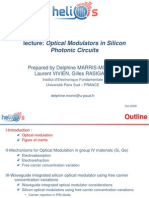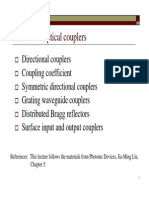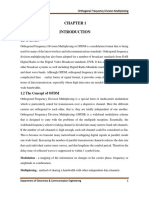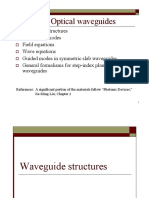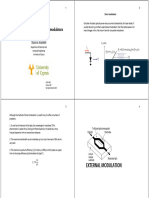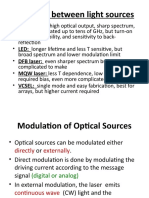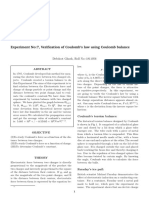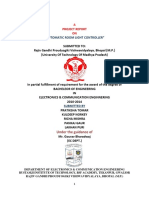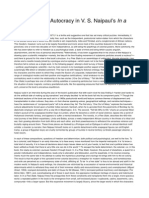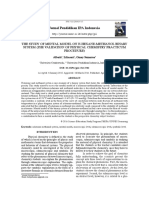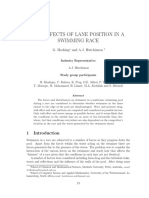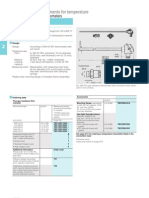0% found this document useful (0 votes)
532 views26 pagesLecture 6 Optical Modulators
There are two main types of optical modulation: direct modulation and external modulation. Direct modulation involves superimposing a modulating signal directly onto the driving current of a laser. It is simple and inexpensive but limited to low frequencies below 1 Gbps. External modulation separates the modulation and light generation using an external modulator such as a Mach-Zehnder modulator (MZM) or electro-absorption modulator (EAM). MZMs use an applied voltage to change the refractive index and induce a phase shift, while EAMs modulate the absorption coefficient of a material in response to voltage. External modulation offers much wider bandwidths up to 60 GHz but is more expensive.
Uploaded by
Syed Muhammad DanishCopyright
© © All Rights Reserved
We take content rights seriously. If you suspect this is your content, claim it here.
Available Formats
Download as PDF, TXT or read online on Scribd
0% found this document useful (0 votes)
532 views26 pagesLecture 6 Optical Modulators
There are two main types of optical modulation: direct modulation and external modulation. Direct modulation involves superimposing a modulating signal directly onto the driving current of a laser. It is simple and inexpensive but limited to low frequencies below 1 Gbps. External modulation separates the modulation and light generation using an external modulator such as a Mach-Zehnder modulator (MZM) or electro-absorption modulator (EAM). MZMs use an applied voltage to change the refractive index and induce a phase shift, while EAMs modulate the absorption coefficient of a material in response to voltage. External modulation offers much wider bandwidths up to 60 GHz but is more expensive.
Uploaded by
Syed Muhammad DanishCopyright
© © All Rights Reserved
We take content rights seriously. If you suspect this is your content, claim it here.
Available Formats
Download as PDF, TXT or read online on Scribd
/ 26
